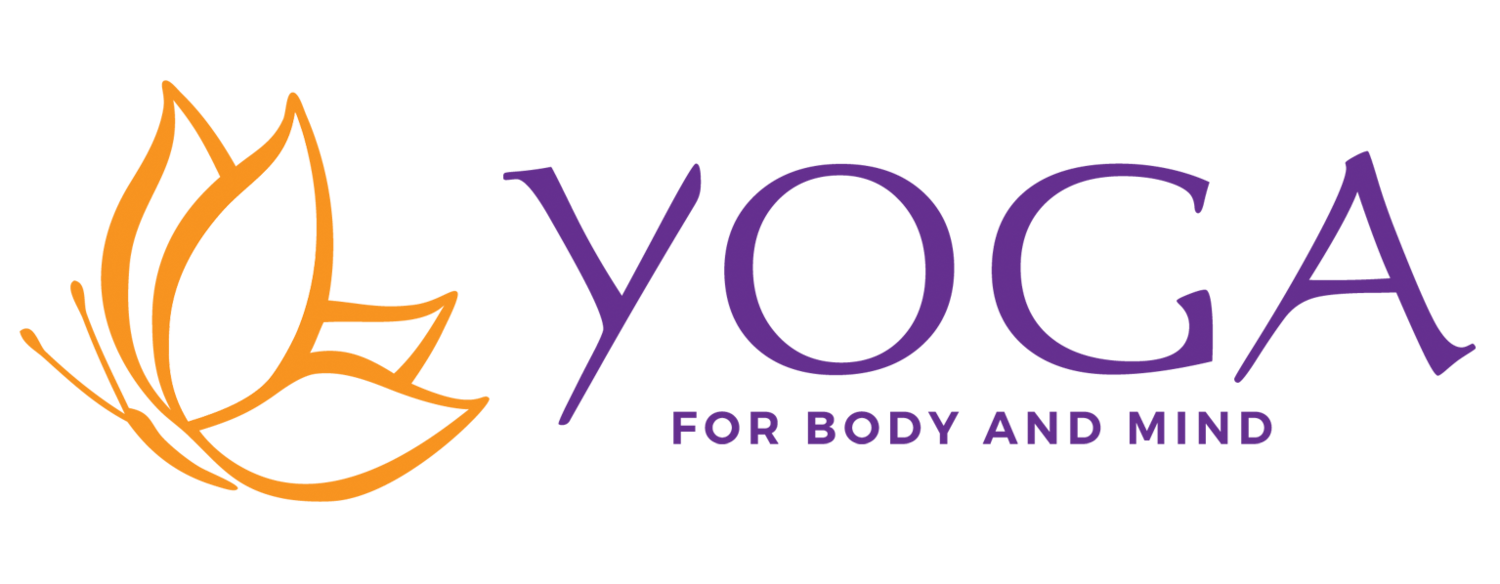Push, pull and pain - the dynamics of motivation
/Human behaviour and the motivation that lies beneath has long fascinated me. Reflecting on the factors that drive us to take different actions - those that serve and particularly those that don’t - can reveal so much about the undercurrent of thoughts, beliefs and perceptions. Self-enquiry through yoga and meditation has the potential to reveal insights that help us to move towards wellbeing, intentionality, happiness and perhaps even a greater sense of purpose.
What motivates you? If you reflect on something you love doing, like creating amazing food, bush walking, painting, travel or yoga what draws you in that direction? It’s likely that there is some attachment at play, to a greater or lesser degree. A lure or pull that speaks to a part of you that is wired for pleasure or goal orientated benefits. You could see this as a kind of energetic magnet pulling you in a certain direction, based on the benefits you perceive lie at the end of the rainbow, whether short or long term. On the other hand, what we gravitate towards that is of benefit to us can often be the result of a ‘push’ factor, discomfort of some kind kicking us into action.
At play in many situations are the co-factors of push (that which propels us to take action) and pull (that which calls to us). In yogic language similar concepts are known as raga (attachment) and dvesha (aversion) and are understood to be key aspects of suffering. It’s not so much about what we do, but more so the relationship we are having with what we are doing. Whilst it’s true that seeking pleasure and avoiding pain per se isn’t ideal for your neurology or wellbeing over the long term, there are benefits associated with this push-pull dynamic.
As a kid and young adult I avoided most forms of movement unless strictly necessary, so it’s interesting that I ended up in a movement-based occupation as a yoga teacher. Thank goodness, it has saved me many times and in many ways. What originally push/pulled me in that direction was an attempt to combat long term anxiety, depression and feelings of low self-worth, curiosity about the practice having experienced yoga and meditation during a trip to Thailand, and the desire to explore new things in general. Even then the push/pull dynamic was evident.
About a year ago in 2021, after more than 20 years of faithfully practicing all kinds of yoga asana (physical postures) and as I started leaning into my late 40s, I realised that my body needed more variety. Prior physical benefits were on the slide. I decided to try Pilates to activate my weakening core muscles and address the associated back pain that had been lingering for some time despite much stretching. This was my ‘push’ into taking action. Pilates has addressed all of the above and considerably more, delivering a pretty cool endorphin high, new movement pathways (so new neural pathways) and palpably increasing my overall physical strength. So now I have a ‘pull’ at play. That which motivates me to keep going.
Yet in the midst lurks another very important ‘p’ word. This word is the neurobiological balancing agent that potentially prevents not only the existential suffering but also the addiction to the high.
Pain!
As much as I like and appreciate the effects of the sessions, they are a considerable effort and I still struggle to really enjoy the hard work it takes to get the results. The pain of effort, the intensity of physical exertion and the ‘will it ever end’ avoidance strategies my mind employs during the exercises are all just part of the endurance required. Not to mention the battle with the internal dialogue that I am not an ‘exercise’ person! Yet without the pain it would be too easy and pleasant, and therefore addictive attachment without consequences could easily arise. Compare my Pilates experience to, say, eating your favourite ice-cream to get a feel of what I’m saying.
Cognitive reflection, also known as self-enquiry, can reveal the thoughts, beliefs and motivations that lie beneath the actions. When we understand these factors we can then see if they align with our values, integrity and wellbeing.
Seems like whoever said ‘no pain no gain’ knew a thing or two about neuroscience.

